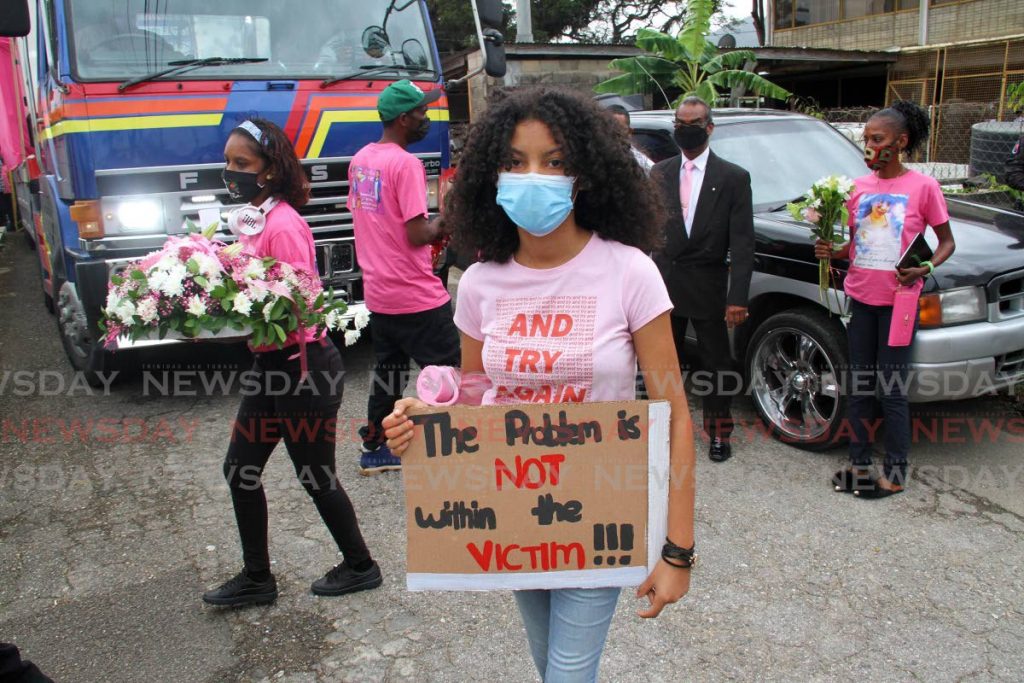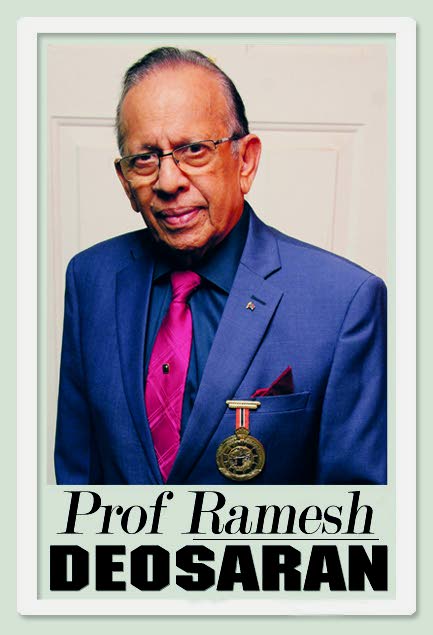Is Andrea Bharatt a tipping point?

Amidst the present grief, anger, candle lights, excuses and tough politicking over the horrible kidnapping and murder of 23-year-old Andrea Bharatt, three questions arise:
(1) Will these street protests and public anger increase, decrease or just disappear in time?
(2) What are the other objectives of these protests apart from kidnapping and murder of Andrea Bharatt, Ashanti Riley and others before?
(3) To what extent will decisions by the relevant authorities be quickly moved into action to reduce crime, especially serious crimes and murder, and increase the detection rate and convictions?
So many have spoken out before. Things got so bad about 20 years ago that a young girl, around 12, named Chocolate, sat on the pavement on St Vincent Street with anti-crime placards. The then PM visited her, promising betterment. The sorrowful obituaries continued.
Stephen Cadiz organised 100 “corpses” opposite the Parliament, calling for improved policing and less murders.
So many have pointed out the gaps in policing and public safety, the failure of independent institutions, the growing lack of accountability in high places.
Are we now at tipping point? When National Security Minister Stuart Young tells us he is “not responsible for crime,” that is half-true. On behalf of the executive, he is responsible for policy and getting the budget from the Minister of Finance and accountable to parliament. The police service is responsible for crime management, policy implementation, operations, detection, etc.
The commissioner artfully pushed the burden onto the minister. This division of responsibility was controversially exposed with the breakdown of security cameras across the country, and sorrowfully linked to the murder of court clerk, Andrea Bharatt. Was Sophia Chote, SC, right in noting the “failure in police intelligence?”
The related systemic inefficiencies are also exposed by the two autopsies on Bharrat’s body. Reportedly, the first autopsy last Monday at St James’ Forensic Science Centre surprisingly said ”inconclusive.”
Up came political activist Inshan Ishmael with two supporters and arranged a second autopsy the next day by pathologist Prof Hubert Daisley. This autopsy reportedly said Bharrat died from “massive internal haemorrhaging” caused by a blow to the head by a blunt object which “cracked her skull.”
The question may be asked: what if there had been no second autopsy?
Then two of the detained suspects died. Autopsies said “bodily trauma and broken bones.” How?

And then there are these unidentified human skeletons found in the bushes. Are these from undetected homicides or not? How long have they been there without any information for families?
And you know, with all this public grief and anger over the murder of young girls, a 16-year old Claxton Bay schoolgirl, Tamika Griffith, got a bullet to her head last Tuesday.
During the fallout from the Andrea Bharatt tragedy, the matter of one of the suspects having been charged for 70 offences, with 30 dismissed, grabbed public attention, with accusations swinging from the police, lawyers, to the courts. Why not now examine records of each of the 30 alleged dismissals for the reason, for what offence, by which magistrate, etc? What is the state of the bail database in the judiciary?
Or are these one-after-the-other “bail and anti-gang” laws – without persuasive, supporting data – a distracting substitute for effective law enforcement, strong prosecution and judicial efficiency?
But the challenges do not only vegetate at the top. AG Faris Al-Rawi’s “monsters” and the commissioner’s “cockroaches” get cultivated at the bottom of society and its institutions. And as you remove some, much more will appear.
I will repeat part of a troubling example given in last week’s column: “In one government secondary school in rural Trinidad, a teacher complained that in one of her online English classes, only one student appeared. Worse yet, she further revealed that of the 92 students entering Form One, all scored below 50 per cent in the SEA, a performance quite common in previous years. Additionally, 60 per cent of the Form One intake scored below 30 per cent! Of the 450 students usually expected at Form Five from Form One annually, less than 300 appear.”
Where exactly do these “150 dropouts” go and do each year? Here hundreds of “monsters and cockroaches” are likely hatched. Is this secondary school and its feeder schools known to the ministry and MPs? Compare with the loaded “prestige” schools. Social injustice?


Comments
"Is Andrea Bharatt a tipping point?"